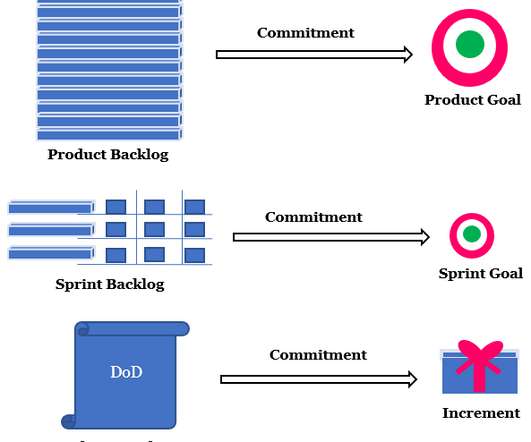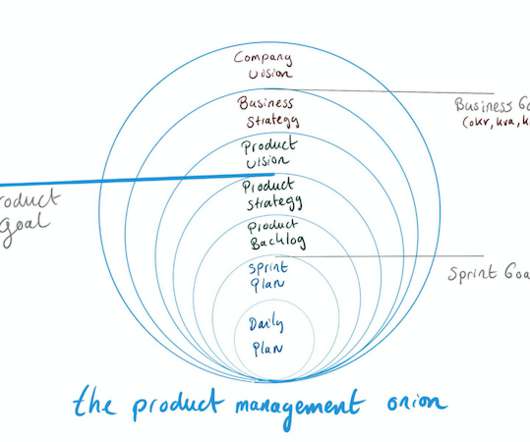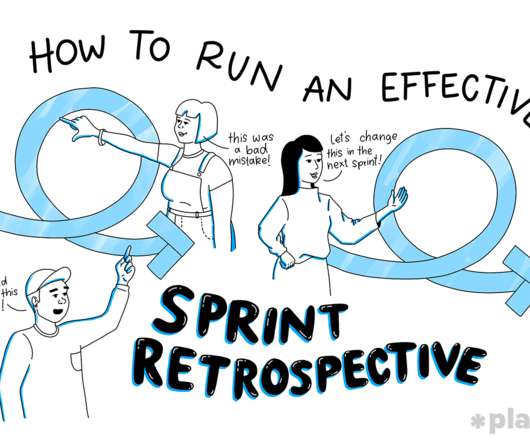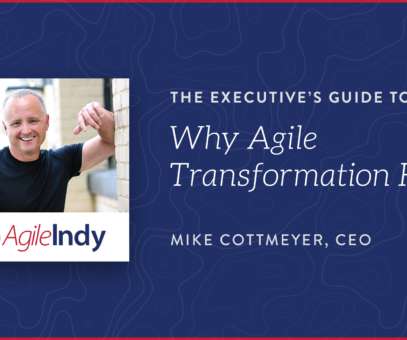Beginner’s Guide to Kanban for Agile Marketing
Digite
JUNE 13, 2018
Anderson best articulated its application to software development, in 2013, in the foundational book Kanban: Successful Evolutionary Change for Your Technology Business, and its adoption hasn’t been as universal as Scrum’s during the early days of Agile software development. Creating Your First Kanban Board.


















Let's personalize your content